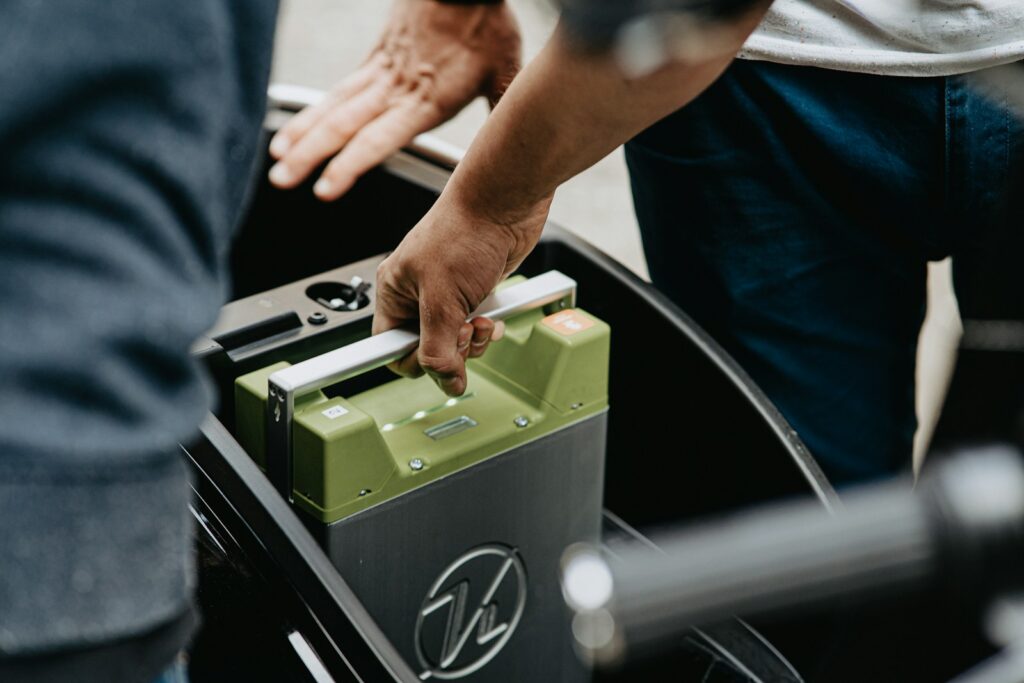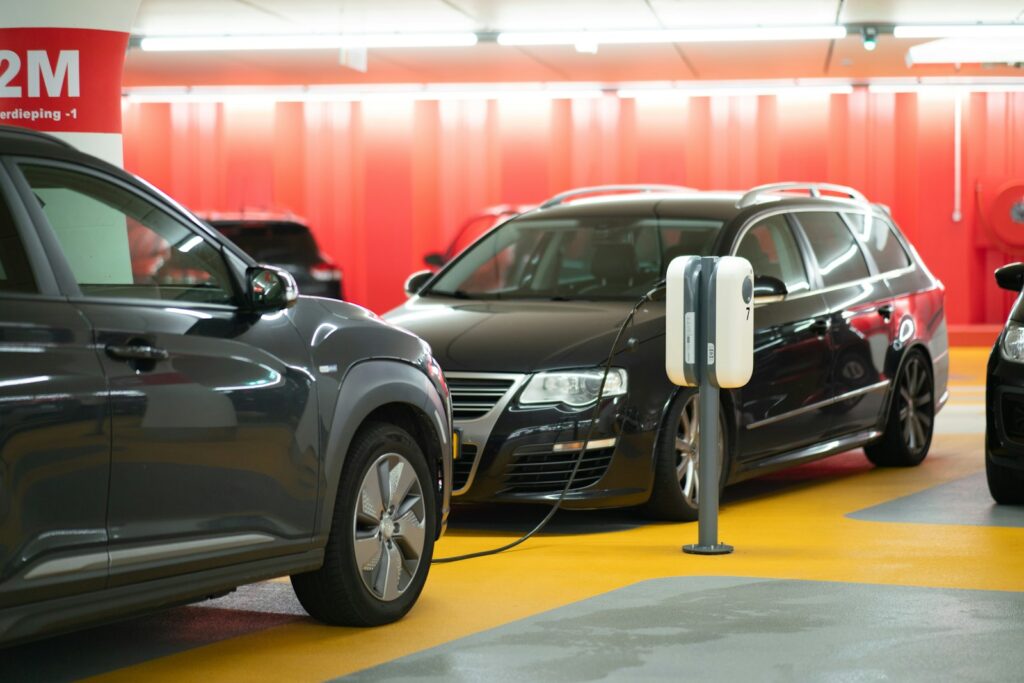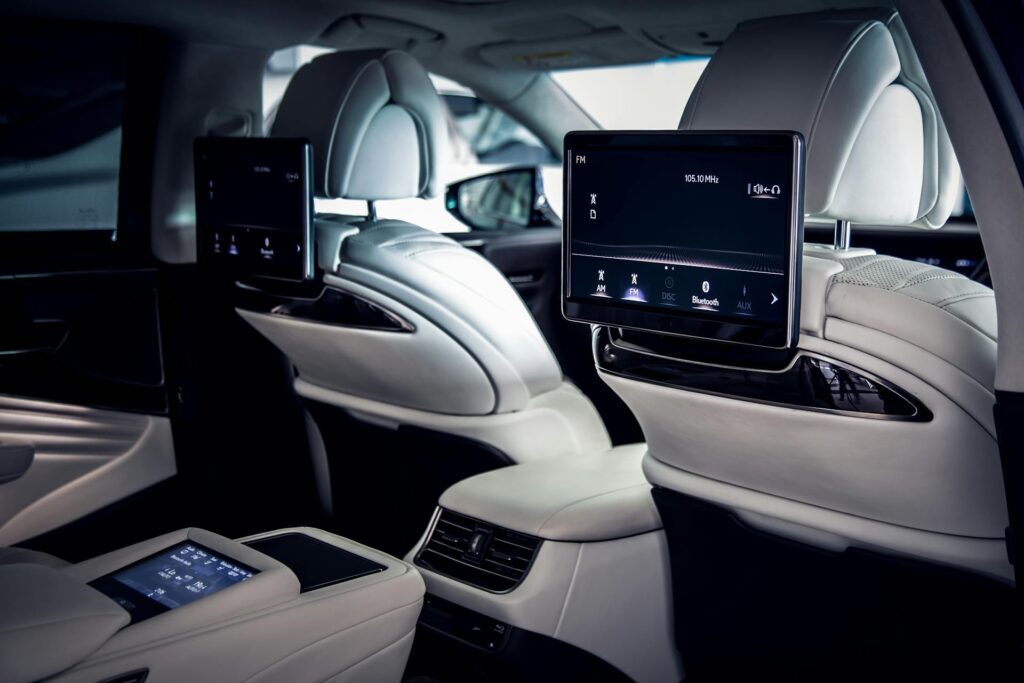Buying software-defined vehicles isn’t just about horsepower or trim levels anymore. It’s also about data, updates, and long-term digital support.
These next-gen vehicles operate more like smartphones on wheels, with embedded systems controlling everything from climate settings to safety features.
Here’s what to look for before signing that SDV contract.
What Is a Software-Defined Vehicle (SDV)
Let’s start with the basics. A software-defined vehicle (SDV) is a car where software, not hardware, controls most functions. This includes driver-assist systems, powertrain responses, digital dashboards, and even repair diagnostics.
Instead of swapping parts, manufacturers roll out over-the-air updates (OTA) to fix bugs, enhance performance, or unlock new features, like better lane centering or infotainment perks.
If your car has a digital cockpit and gets remote software updates, you’re probably already halfway into SDV territory.
EV vs SDV: What’s the Difference?
Not all EVs are SDVs, and not all SDVs are electric.
An electric vehicle (EV) relies on a battery-powered drivetrain, while a software-defined vehicle (SDV) is defined by its use of advanced software to control and enhance vehicle functions, regardless of fuel type.
That said, many modern EVs, like the Tesla lineup, Rivian R1T, or Ford Lightning, are also SDVs. As automakers embrace digital-first platforms, the overlap between EVs and SDVs is accelerating and reshaping how vehicles are designed, updated, and driven.
Top SDV Vehicle Features to Expect
Software-defined vehicles stand out for their smart, evolving tech. Look for these future-proof car features that boost performance, safety, and the overall driving experience.
- Over-the-air updates in cars: Not just for infotainment—also for safety and firmware
- Advanced driver-assistance systems (ADAS): Adaptive cruise, auto lane keeping, traffic jam assist
- Predictive maintenance alerts: AI-driven diagnostics that flag issues before they happen
- Digital user experience (UX): Seamless touchscreen interfaces, voice commands, and app integration
- Cybersecurity in cars: Look for end-to-end encryption, secure E/E architectures, and real-time intrusion monitoring
- Customizable vehicle settings: Profiles that follow you from seat position to climate preferences
For a closer look at one standout SDV feature, don’t miss our guide to how predictive maintenance systems work.
Know the Pros and Cons Before You Commit
Before buying a software-defined vehicle, it’s smart to weigh the long-term benefits against potential downsides from convenience and resale value to privacy and repair concerns.
Pros:
- Ongoing feature upgrades: Get new functions and performance boosts through OTA updates
- Smarter maintenance: Predictive diagnostics help catch issues early and reduce shop visits
- Better long-term value: Vehicles that evolve over time may hold resale value longer
- Tailored user experience: Software settings adjust to your preferences for comfort, safety, and entertainment
Cons:
- Vendor lock-in: You may be stuck with one ecosystem or subscription model
- Vehicle data privacy: Your driving habits, location, and usage patterns may be tracked
- Repair limitations: Independent garages may struggle to service SDVs without manufacturer access
- Cybersecurity threats: The more connected your vehicle, the higher the need for robust digital protections
The National Highway Traffic Safety Administration (NHTSA) offers guidelines on vehicle cybersecurity that you may want to review before buying.
Is an SDV Right for You?
Buying a software-defined vehicle makes sense if you want a future-proof car that keeps getting better. Just make sure you’re comfortable with software-based ecosystems and the data-sharing trade-offs.
Whether it’s a connected EV or a hybrid with OTA capabilities, the best SDV is one that fits your driving style and gives you control, not just features.



